Images and quotes
Banaba – “Coming Home to Banaba” – Images and quotes – Transcript – The Making of …
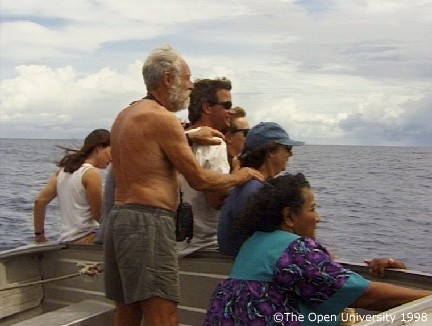
“It’s such a journey to get here – you’re very physically tired, you’re emotionally completely drained. You get off that boat and you see this island – oh, and your heart just breaks.” Stacey King – Homecoming Trip organiser.
After 48 hours crossing the open ocean in a small boat, there are mixed emotions for a disparate group of travellers from all over the world, united only by their links to Banaba.
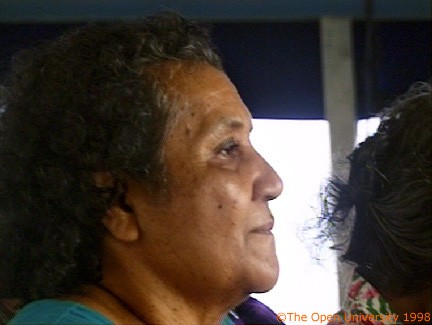
“Magnificent mansions have been built, but my house has been thrown away – it’s been cast aside. People have taken the phosphate off my land and made themselves comfortable. I, too, would love to have that comfort.” Makin Corrie.
Elder Makin Corrie from Rabi watches Banaba rise over the horizon. Her father was beheaded by the Japanese on Banaba during World War Two: she was made to watch. Now she is a member of the Rabi Council of Leaders.
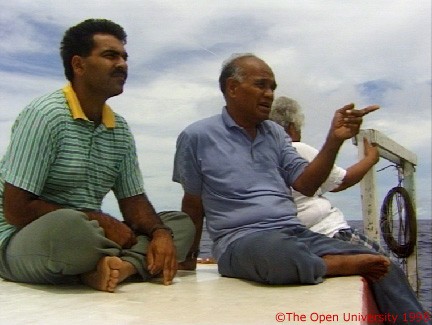
“We send money here, to support Banaba – to provide a living for our kinfolk here. Nothing cultivated can grow or survive and the people can’t live off the land. So the money we send here is for the goods in the shop. They work for pay and that enables them to buy their food from the shop.” Makin Corrie.
Karoro Corrie and his son Teitirake, from Rabi, are making a rare visit to clansfolk living on Banaba. Since mining ended in 1979, several hundred Banabans have volunteered to move to Banaba to maintain a Banaban presence on their home island.
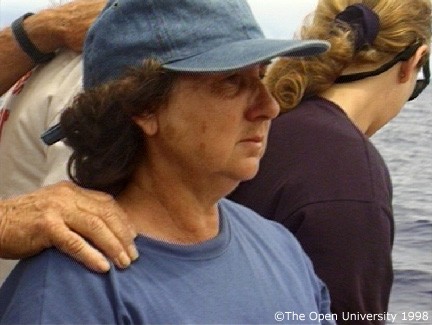
“We arrived here thinking it was going to be very primitive and it wasn’t – it was just wonderful right from the start. The children grew up here. I had another third son that was born here in 1967, Scott. All in all, they were the ten most wonderful years of my life.” Marion Laritz.
Marion Laritz lived on Banaba during the ’60s and ’70s: her husband worked for British Phosphate. The Lartiz home movies provide a glimpse of colonial life on Banaba in the 60’s and 70’s.
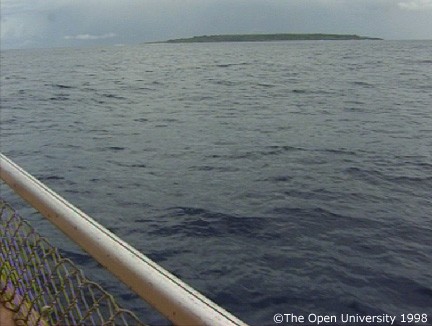
“All we need is water, stability of water. You can see what was done here in eighty years of colonial rule – the technology here was the finest in the world. Let’s bring that technology back and show the world what can be done to rehabilitate a place.” Stacey King – Homecoming Trip Organiser.
Banaba is just four square miles in area. It has no natural water supply on its surface: collected rain water is the only readily available source of fresh water, and there may be no rain for years on end.
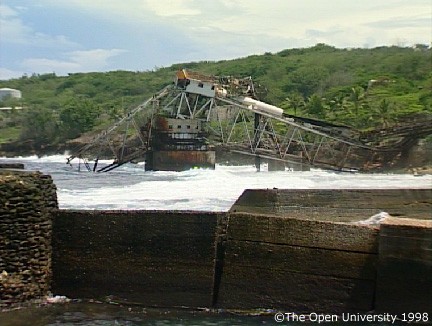
“I’m the sixth generation of descendants of the miners who actually mined Banaba. And all of us Australians, we grew rich during those years in our wheatfields, in our production of sheep and wool, through Banaban phosphate. There’s such a moral issue: it’s a physical issue of actually putting that soil in Australia.” Stacey King – Homecoming Trip Organiser.
The collapsed cantilever gantry in Home Bay. Once it carried processed phosphate across the treacherous reef, to ships tied to the deepest moorings in the world. Shipload by shipload, Banaba was spread over the fields of Australia and New Zealand to boost flagging fertility.

“Now we’re talking fifty metres under the village: now we’re sitting at the very root of the pinnacles, which means that the village is gone. With the sacred land gone and all our waterholes gone, the spirit of people seems to be lost too.” Ken Sigrah from Rabi – Clan Historian.
A coral pinnacle, about 20 feet high, in the mined-out area. It took seabirds millennia to bury such pinnacles in the bird-lime which turned into phosphate. It took just 80 years to mine away the phosphate and reveal the pinnacles again. Ground level used to be above the pinnacles: the village of Buakonikai was just above here.
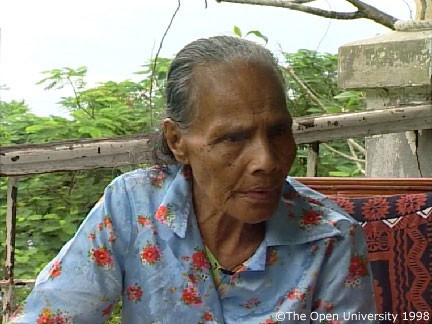
“Ken Sigrah: If you could choose, where would you prefer to be? Here on Banaba, or on Rabi?
Aii: I would you prefer to be here. To stay here, die here and be buried here.
Ken Sigrah: Why?
Aii: Because I was born on this Island.”
This was the first time Aii (Teburerai Touakin) had visited Banaba since she was sent to Rabi in 1945. She died in Tarawa on the return journey, happy that she had visited her home island once more. ‘Coming Home to Banaba’ is dedicated to her memory.